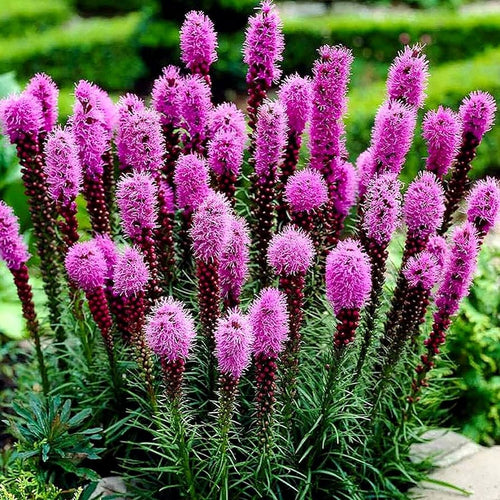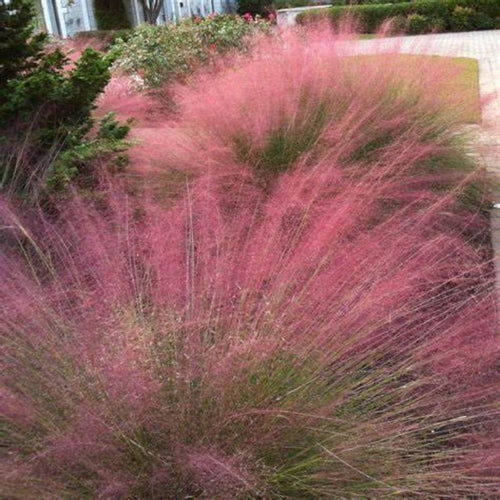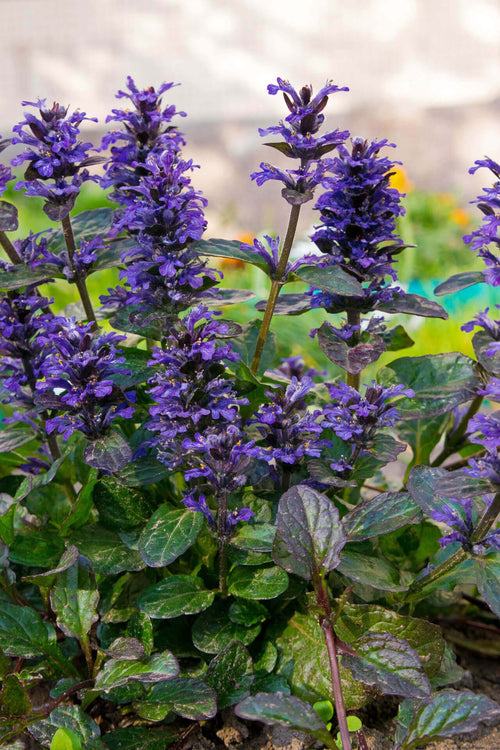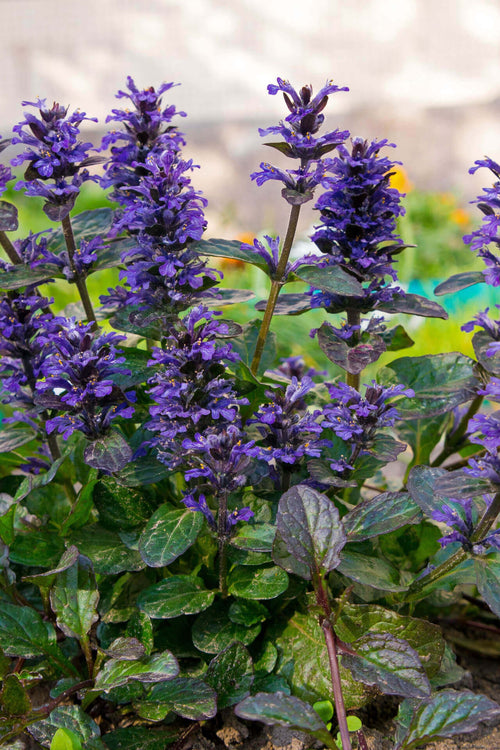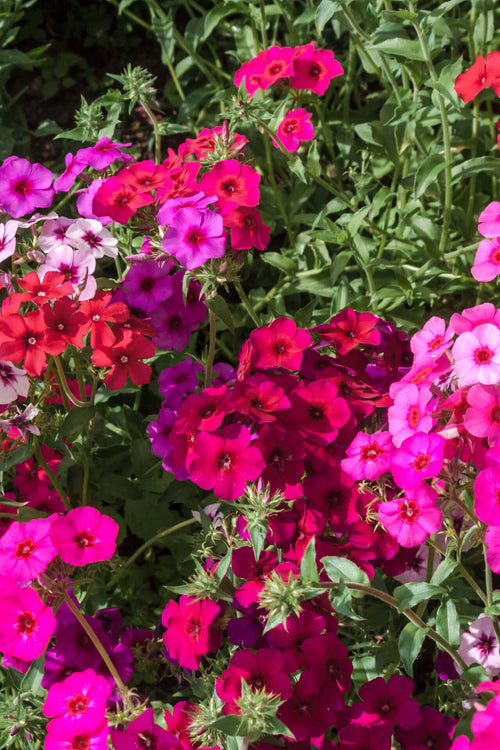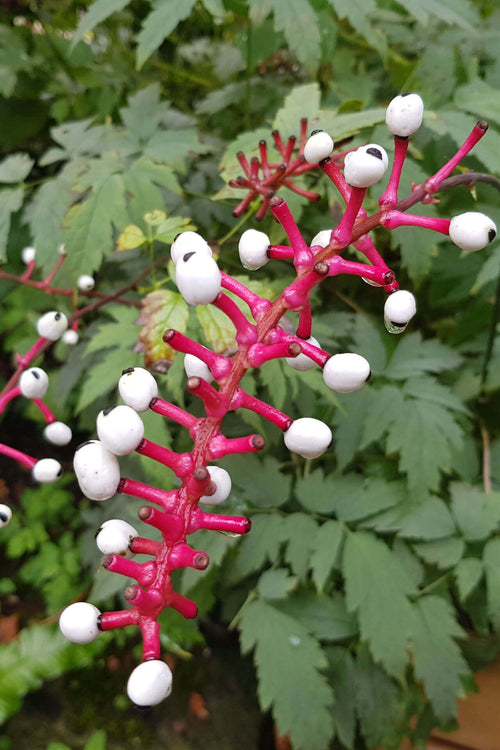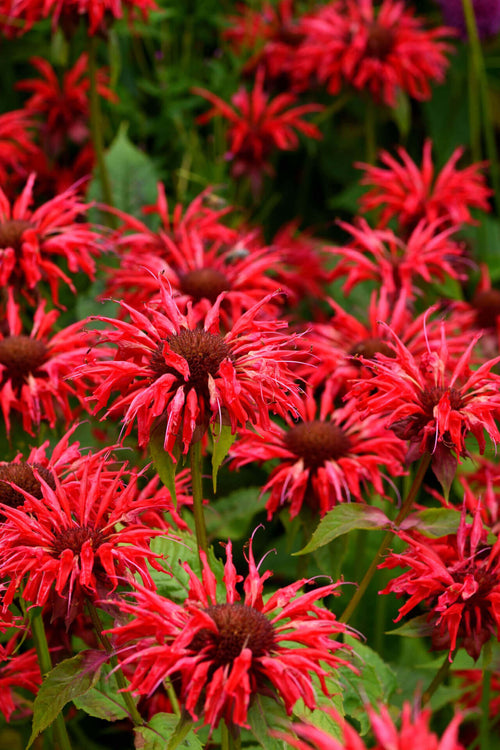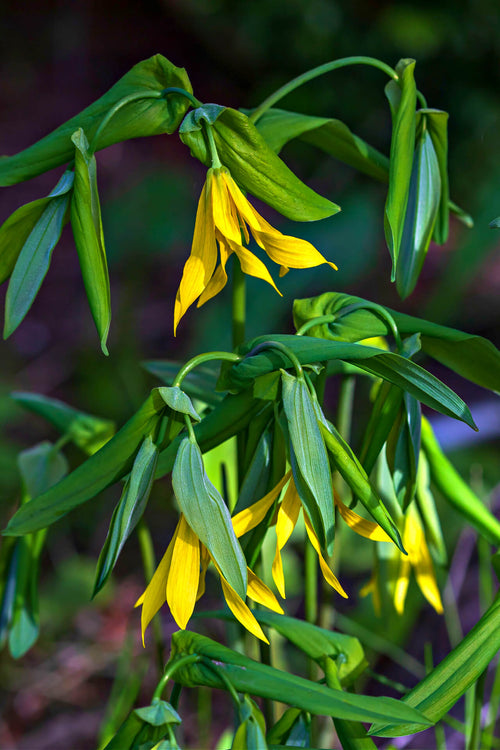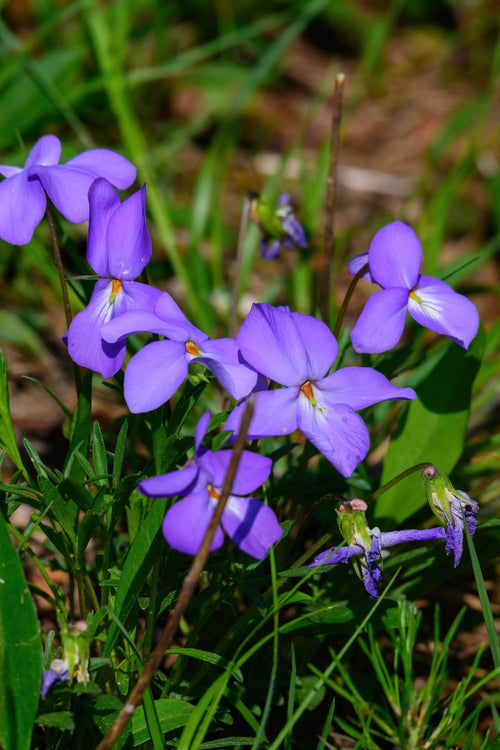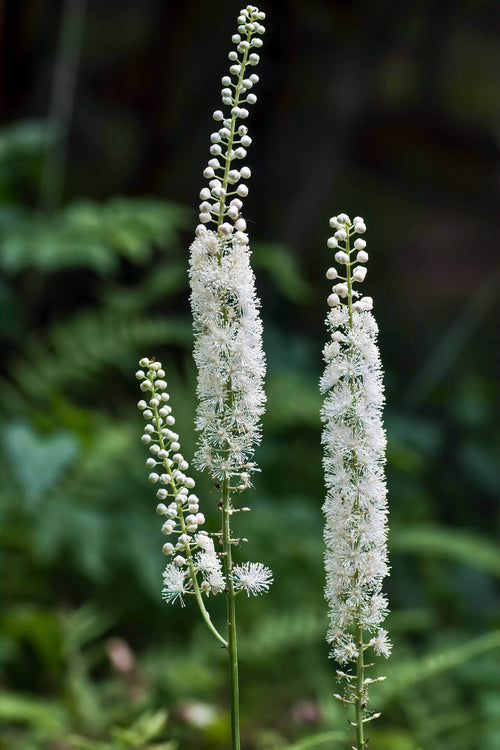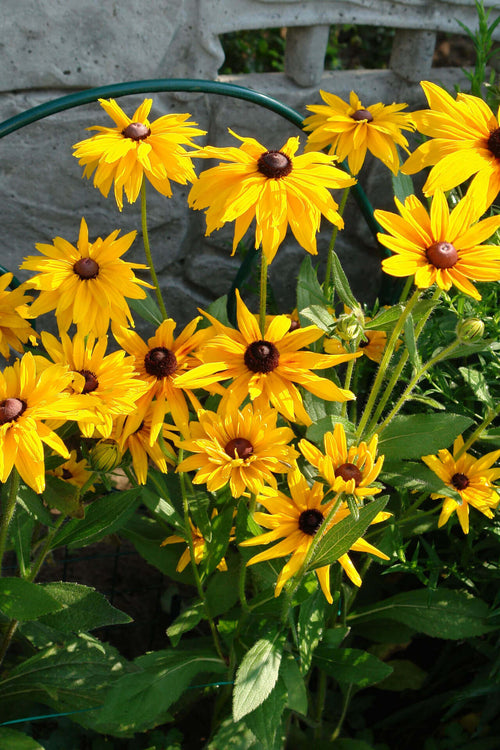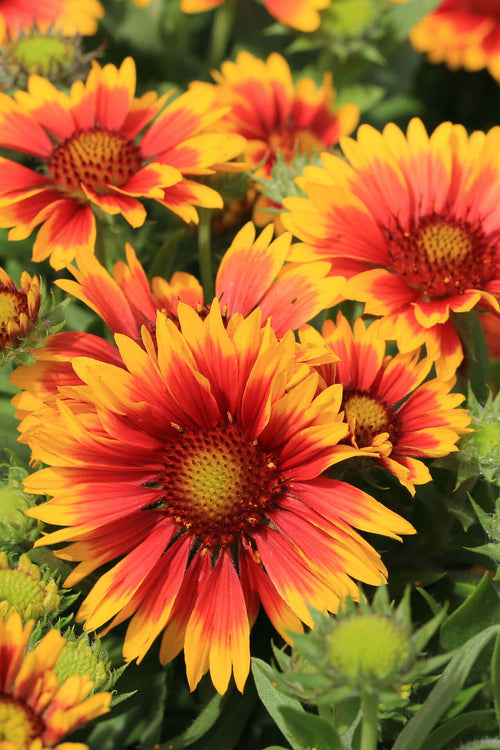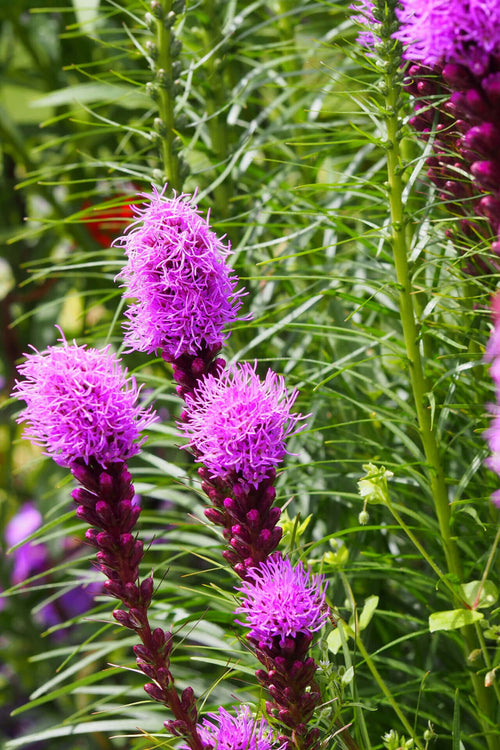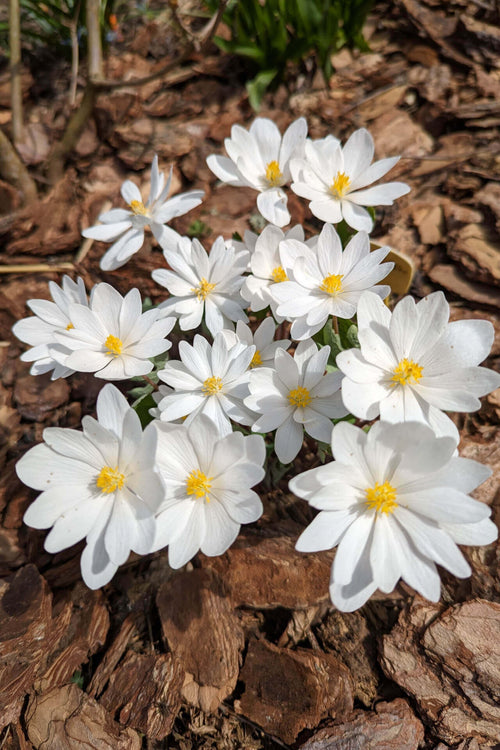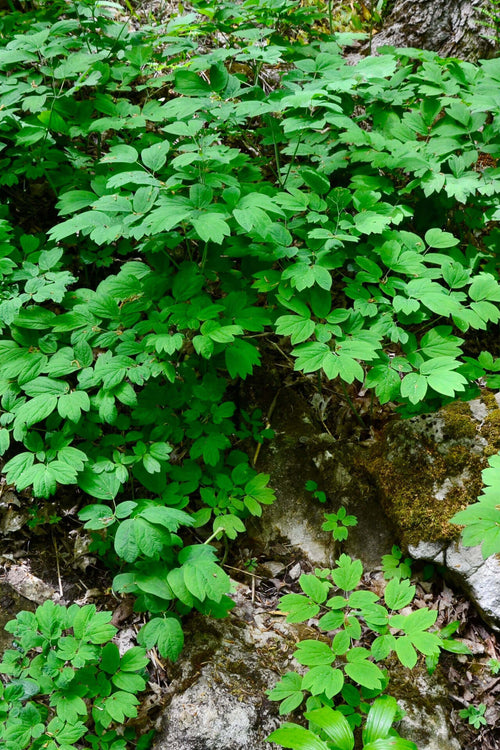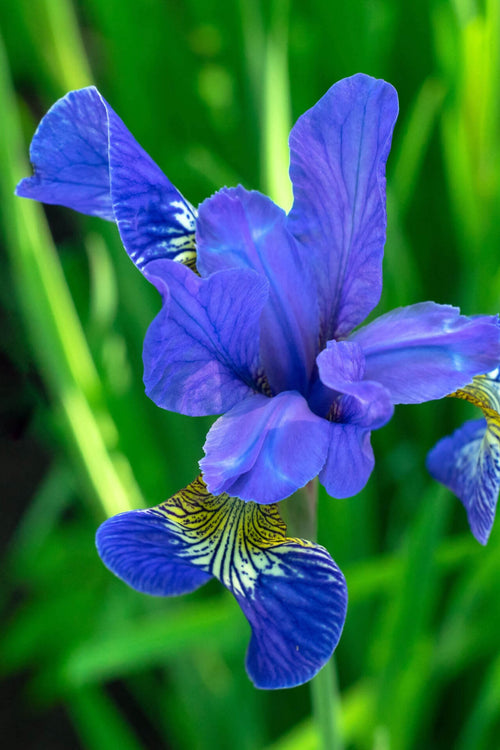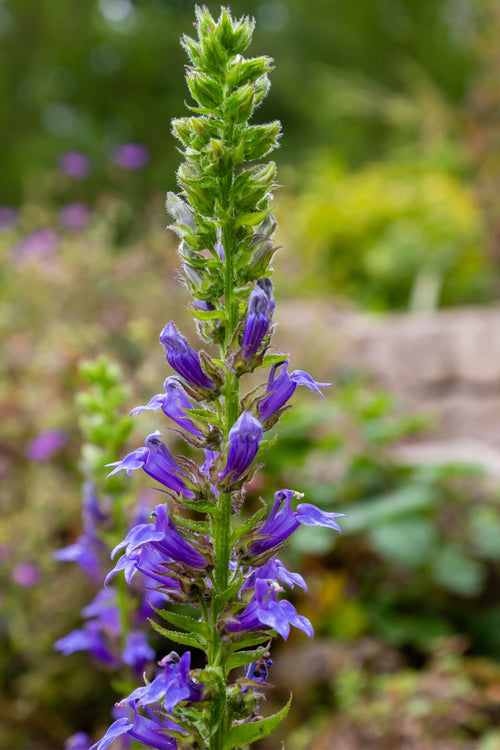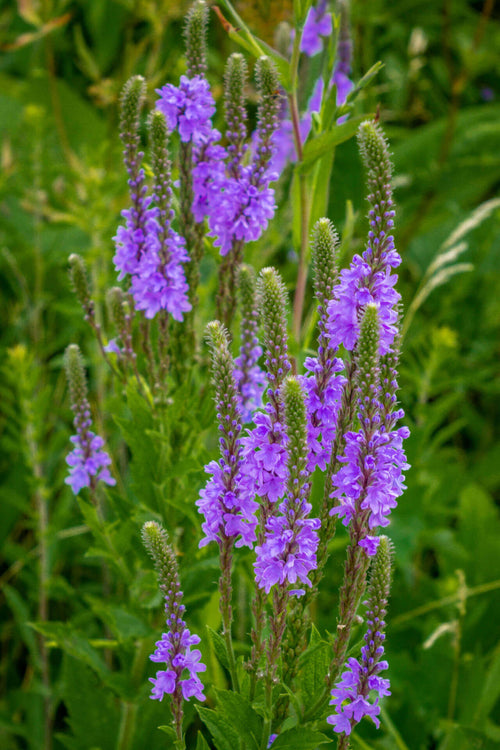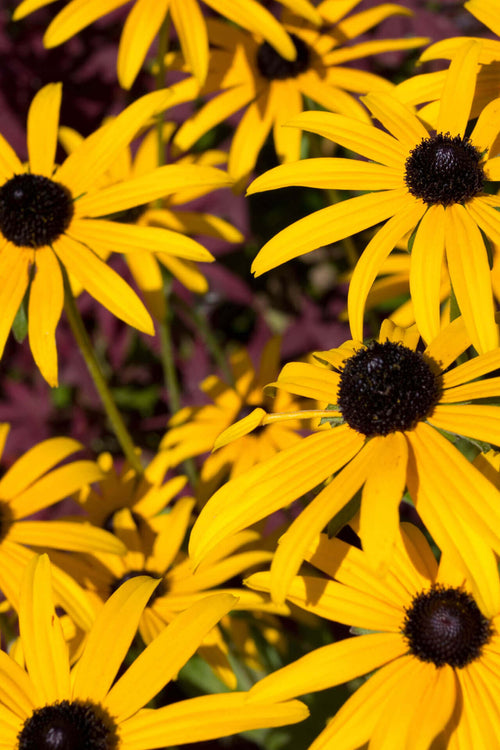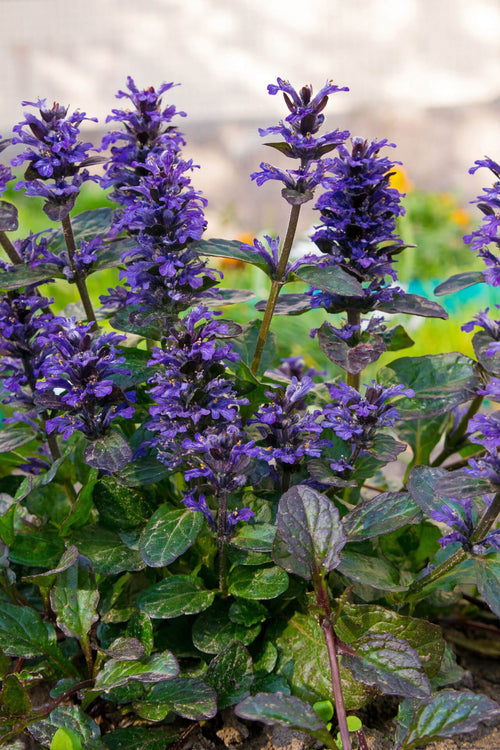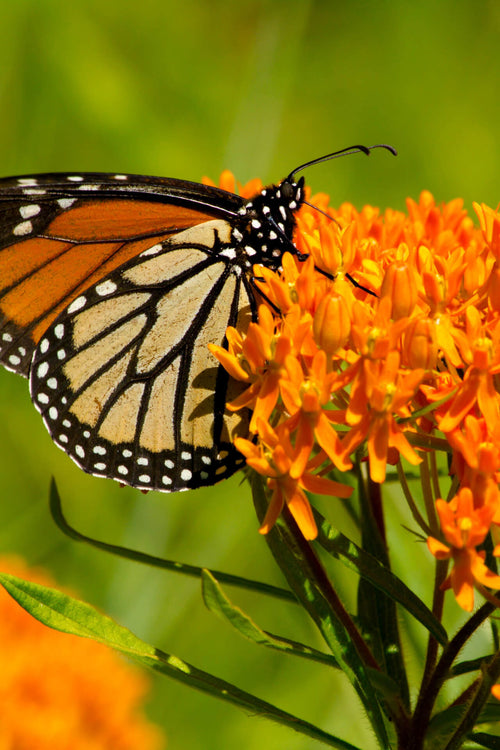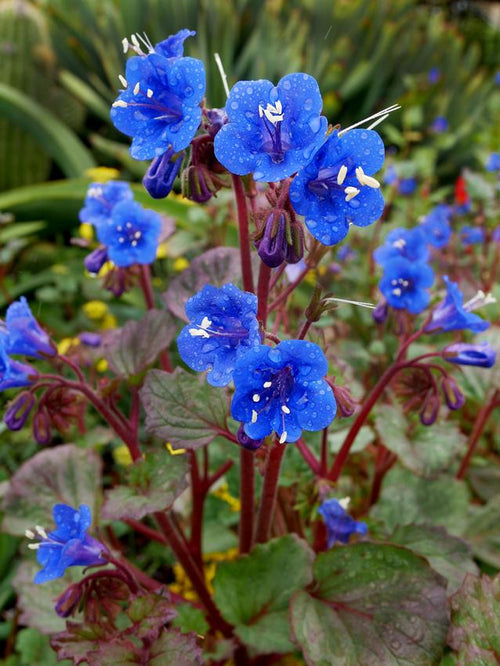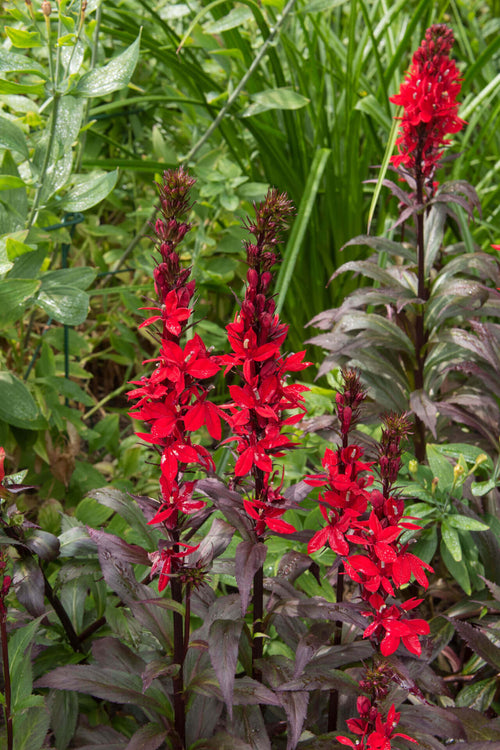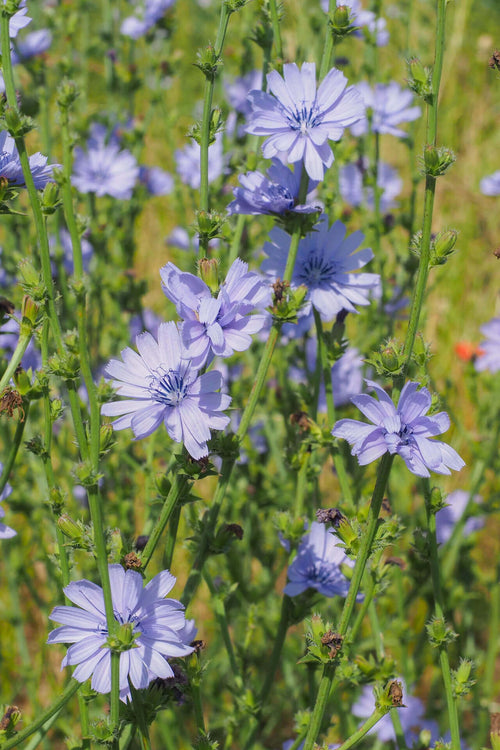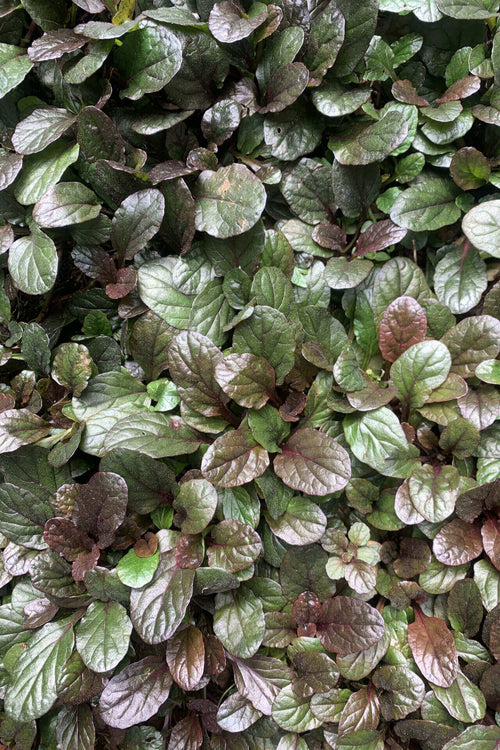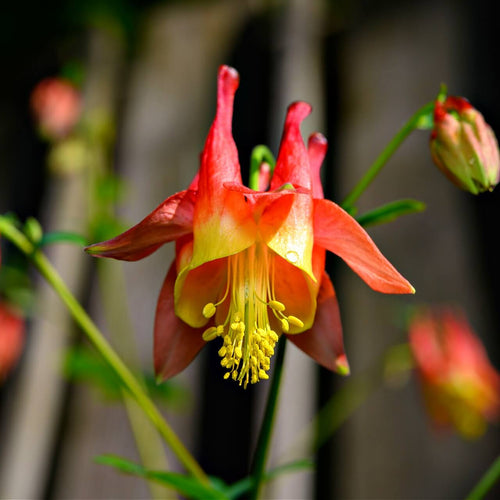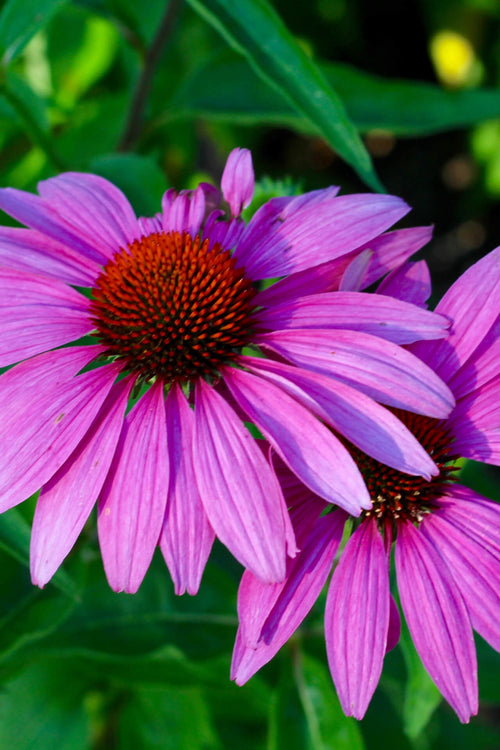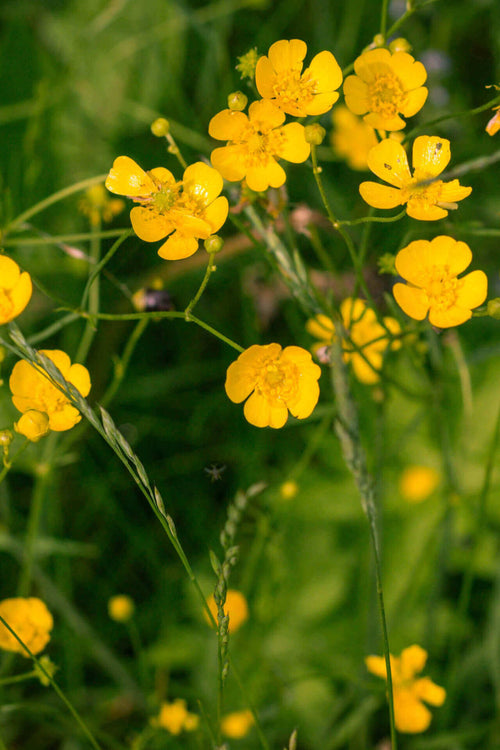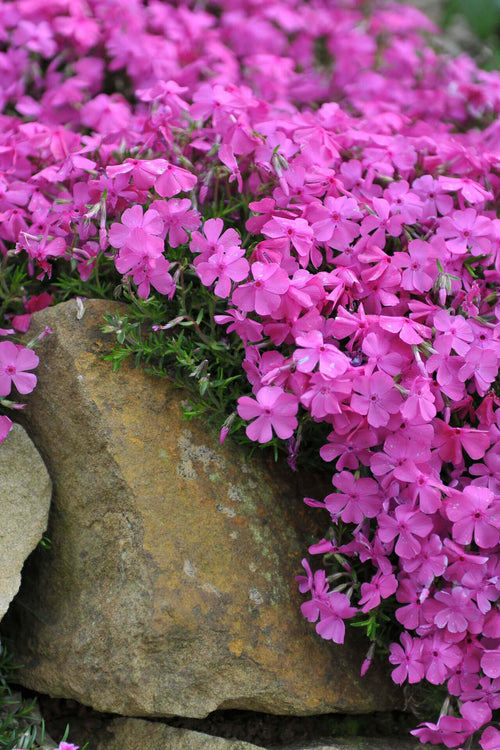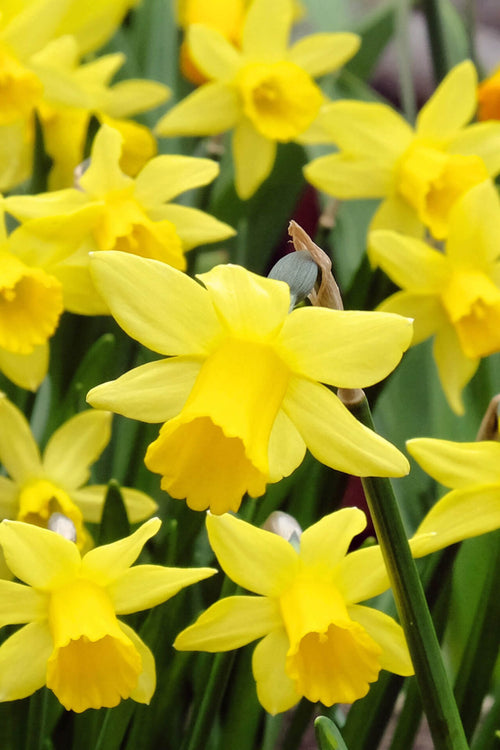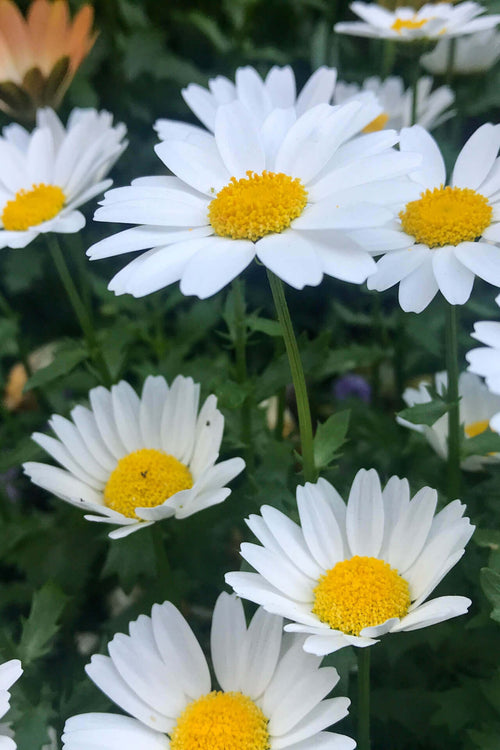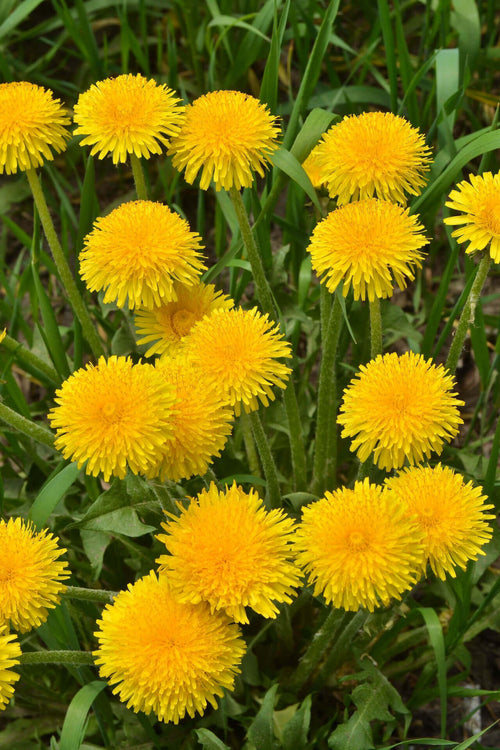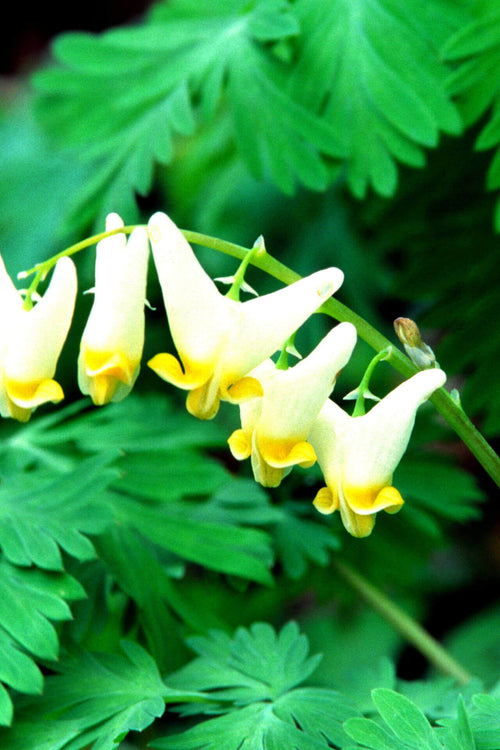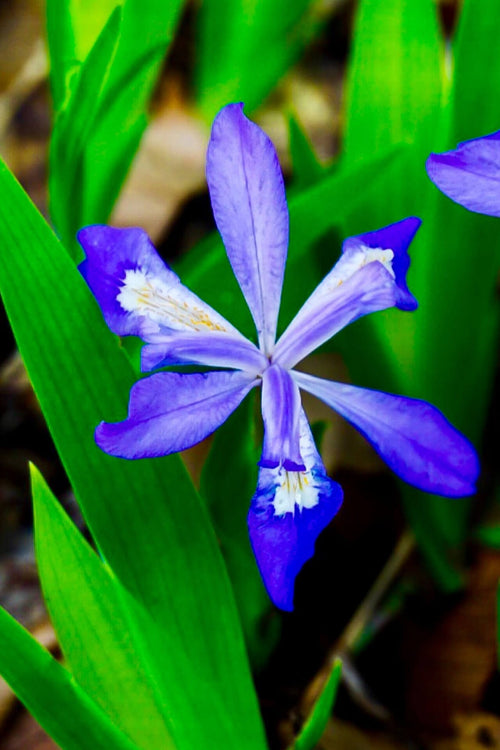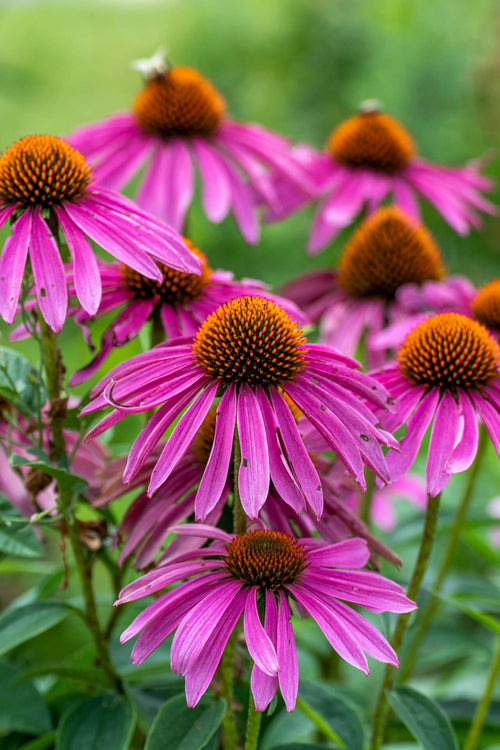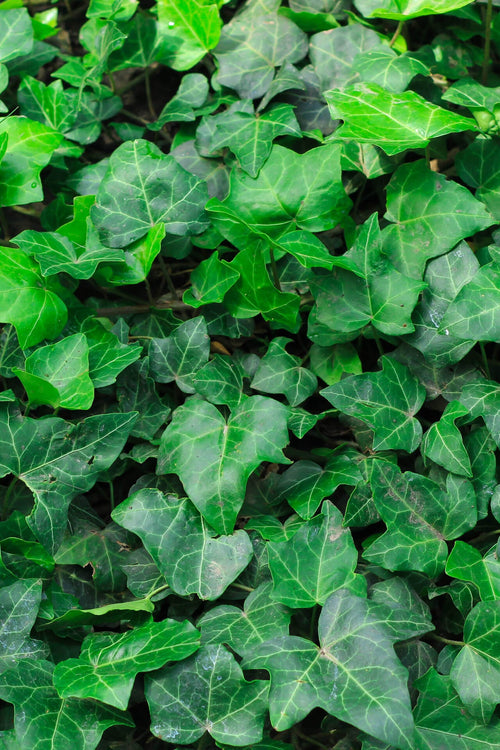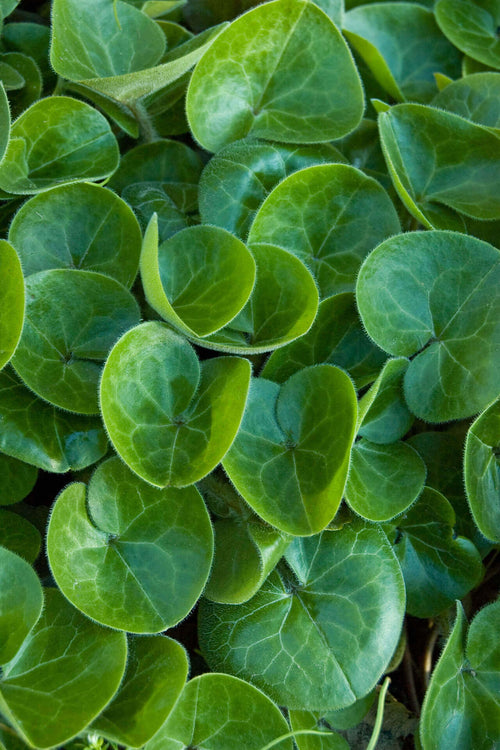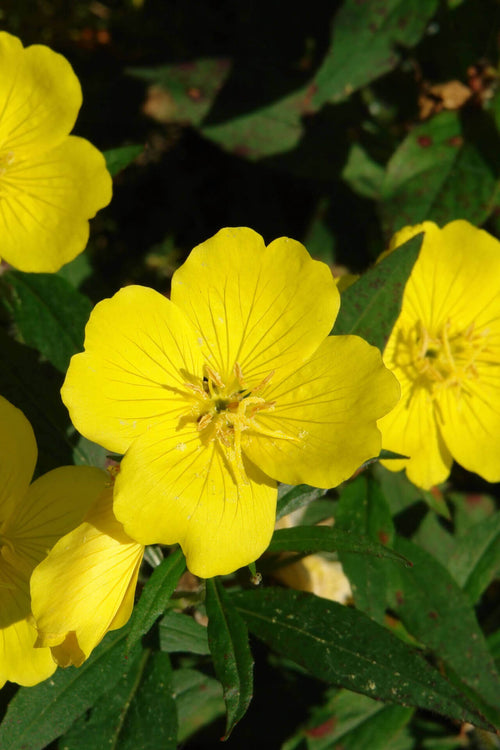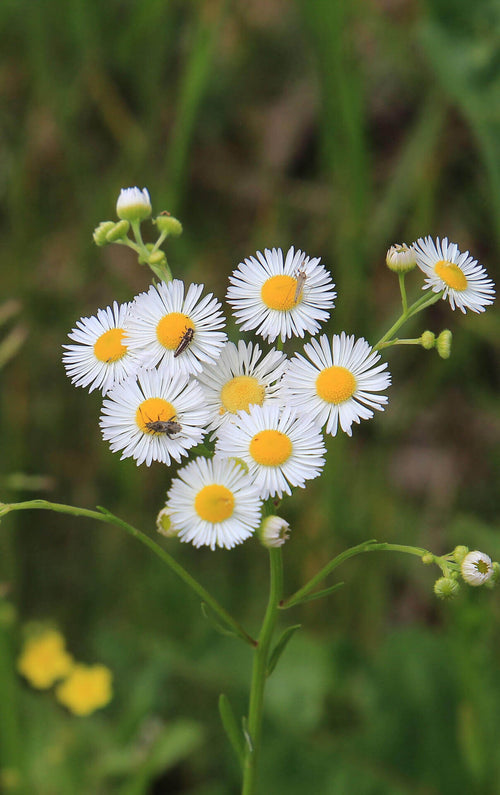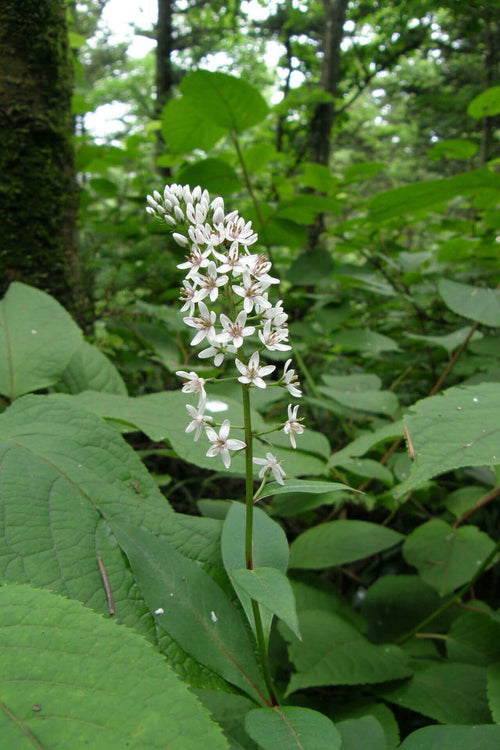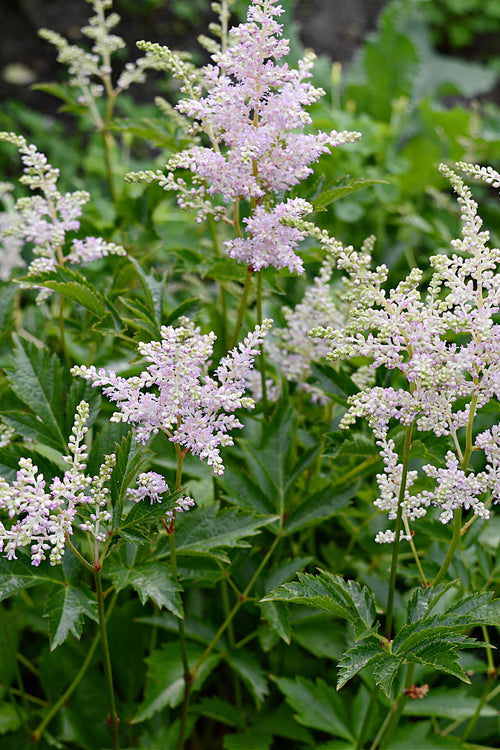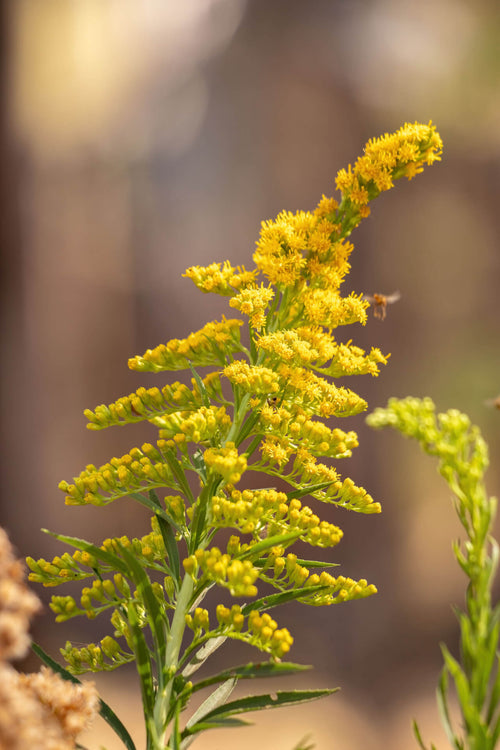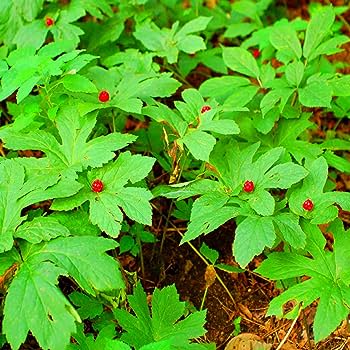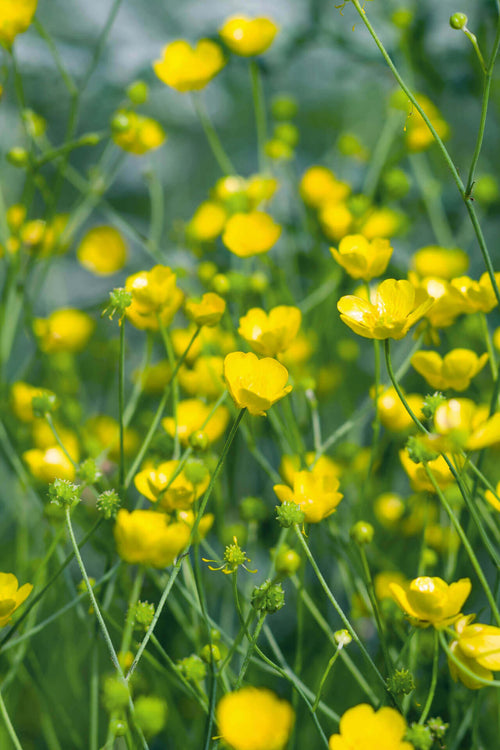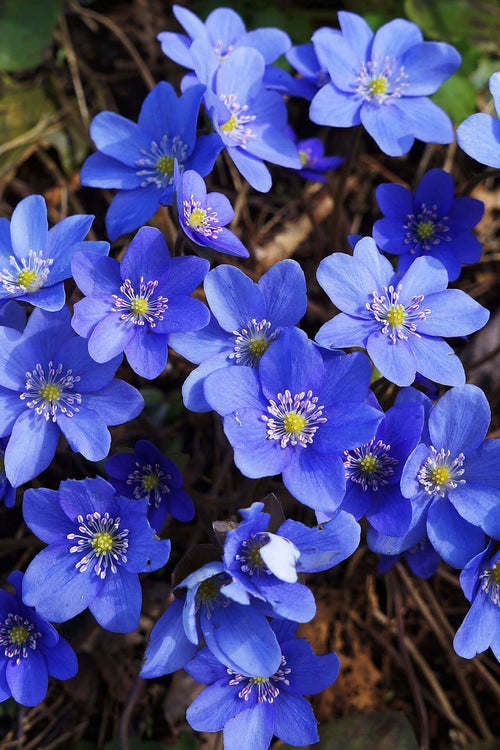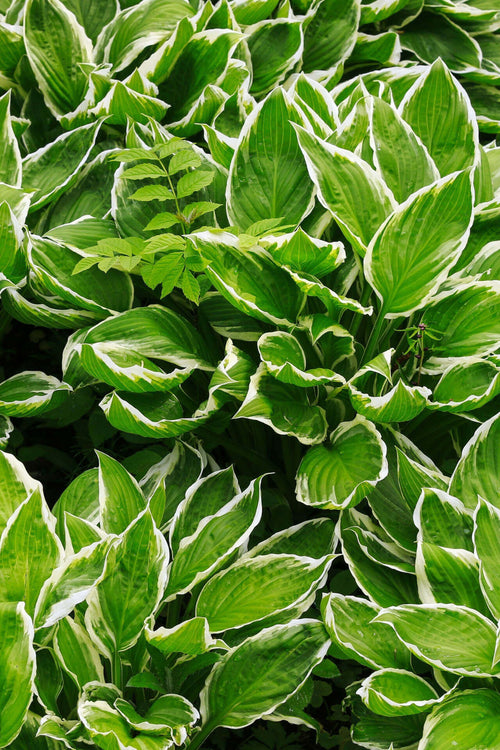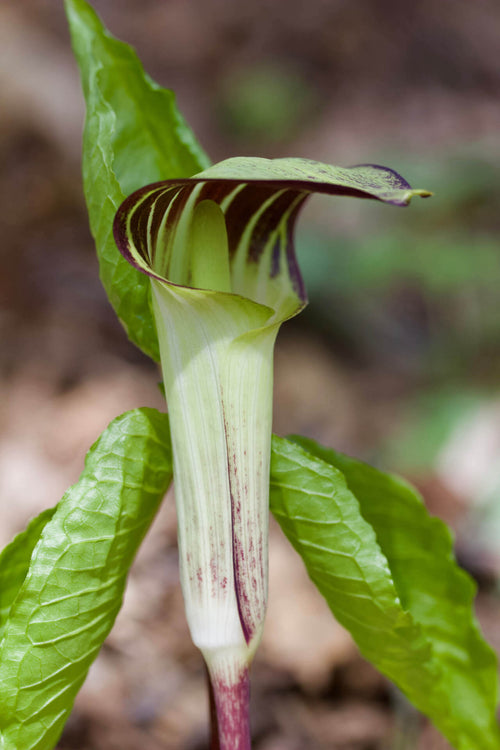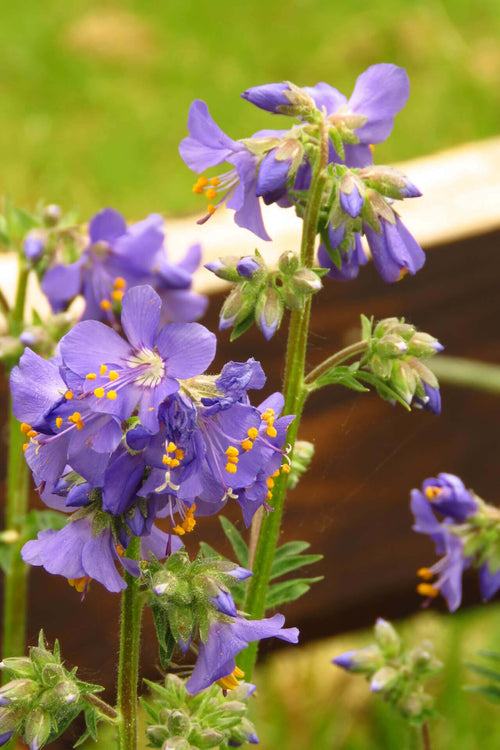Filters
Perennials Have Long Lifespan
Perennials, often referred to as the backbone of landscaping and flower gardens, offer numerous advantages that make them an essential choice for any gardening enthusiast. With their long lifespan, reproductive capabilities, soil-enhancing properties, and seasonal reblooming, these plants provide a sustainable and low-maintenance option for creating beautiful and vibrant outdoor spaces. The work well when you utilize them with trees and shrubs.
Perennial Plants are disease and pest-resistant
One of the primary benefits of using perennial plants is their longevity. Unlike annuals that complete their life cycle within a single year, perennials can survive for several years, providing a consistent and established presence in the garden. This extended lifespan ensures that once planted, they require less frequent replanting, saving both time and effort for gardeners.
Perennials Reproduce and are natural soil enhancers
They are excellent reproducers, often spreading through underground root systems or seeds. This ability to propagate and multiply allows for natural expansion and ensures the garden's continual growth and renewal. Over time, the garden becomes more abundant and lush as the perennials establish themselves and fill empty spaces.
Another significant advantage of incorporating perennials into a garden is their capacity to improve soil composition. Many perennials have deep root systems that help break up compacted soil, promoting better drainage and aeration. Additionally, some perennials engage in a symbiotic relationship with beneficial soil microbes, enriching the soil with nutrients and organic matter. This natural soil enhancement leads to healthier plant growth and overall ecosystem balance.
Perennials Reblooms Every Spring
One of the most enchanting features of perennial plants is their ability to rebloom seasonally. Depending on the species and climate, many perennials display a remarkable show of flowers every spring or summer. This cyclic blooming pattern adds a sense of continuity and anticipation to the garden, rewarding gardeners with bursts of color and fragrance year after year.
Native varieties, in particular, offer unique advantages. Naturally adapted to the local environment, these plants are hardy and well-suited to the region's specific climate and soil conditions. They have evolved to withstand local weather fluctuations and can often thrive with minimal intervention, making them an eco-friendly and sustainable choice for landscaping. Furthermore, native plants have co-evolved with local insect and animal populations, establishing natural defenses against pests.
Hardy Perennials are essential to a low-maintenance flower garden
As a result, perennials are more resistant to common garden pests, reducing the need for harmful chemical pesticides and fostering a healthier, more balanced ecosystem. Besides their adaptability and pest resistance, these native plants are easy to grow and low maintenance. Their ability to thrive with less care, water, and fertilizer makes them a cost-effective and environmentally conscious option for creating a beautiful and sustainable garden.
In conclusion, they bring various advantages to landscaping and flower gardens. Their long lifespan, reproductive capabilities, soil-improving qualities, and seasonal reblooming add depth and beauty to the park while reducing the need for constant replanting. Native perennials, in particular, stand out for their hardiness, pest resistance, and ease of growth, making them a natural and sustainable choice for any garden enthusiast seeking to create a thriving and environmentally friendly outdoor space.
By incorporating perennials into our gardens, we can cultivate a more resilient and enduring landscape that evolves and flourishes year after year. Our nursery sells thousands of these plants each year.
Perennials are excellent for those wanting spring, summer, and winter blooms
Gardeners often mix and match different perennials, including various annuals and perennials, to cultivate the perfect outdoor landscape. Annuals like marigolds and petunias can add to the color and vibrancy of your garden, but mixing in perennials with your other plants can also benefit its overall health.
What is the massive difference between annuals and perennials?
Annual plants only live for one season. They must be replanted yearly but are usually brighter and bloom more than perennials. Conversely, perennials regrow in the spring and can live for three planting seasons or longer, depending on soil quality and care. Since perennial blooms tend to die off sooner than annuals, you’ve probably planted a mix of both to mimic native wildflowers and create a beautiful garden.
How perennials benefit your garden: Even if you prefer the bold colors and vibrancy of annuals, mixing them with continuously blooming plants can improve your garden's overall health. Perennials provide many benefits, including Improved soil quality, Better health of other plants, easier maintenance, cost savings, and Improved soil quality. Even when not flowering, perennial plants keep roots in your garden. This helps improve soil quality by providing food for other organisms that live in the soil. Living and dead roots feed microbes and other microorganisms, keeping your soil healthy.
Hardier plants protect your soil from the sun during the winter. In colder climates, you can save your soil over the winter with a layer of mulch. Another way to improve your soil with these plants is to prune them. Ensure your chosen plant can withstand being cut back consistently, and then use the cuttings to add nutrients to your soil. Better health of other plants
Many perennial plant species have more extended, robust root systems than their annual counterparts.
These roots bring essential nutrients and water to the top of your soil, making them more accessible to plants with shallower roots. Some varieties, including lily of the valley, coral bells, and primrose, for example, can survive colder conditions in the winter, protecting your soil and neighboring plants from the sun. Easier maintenance: Perennials are usually easier to maintain than annuals Since they don’t need to be planted yearly.
Most varieties last at least two years, saving time in the spring with fewer plantings. You might need to trim them back to keep them from taking over the garden. Long-lasting varieties can live for years, saving you even more planting time.
Cost savings Another advantage of perennials is the cost savings. You won’t have to buy seeds and smaller plants yearly to fill your garden. These plants can be divided and replanted elsewhere, saving you time and a trip to the nursery. To grow your produce, plant a perennial vegetable garden in a different part of your yard.
Edible perennials include chives, rhubarb, asparagus, different varieties of artichoke, and kale. Plant them once, harvest them for several years, and use the freshest ingredients in your favorite dishes. Having a variety of perennials in your garden will improve its overall health and quality. Including perennials can enhance soil quality, make other plants healthier, and even save you money on food. Contact TN Nursery and garden shop if you’re ready to add some quality perennials to your garden.

